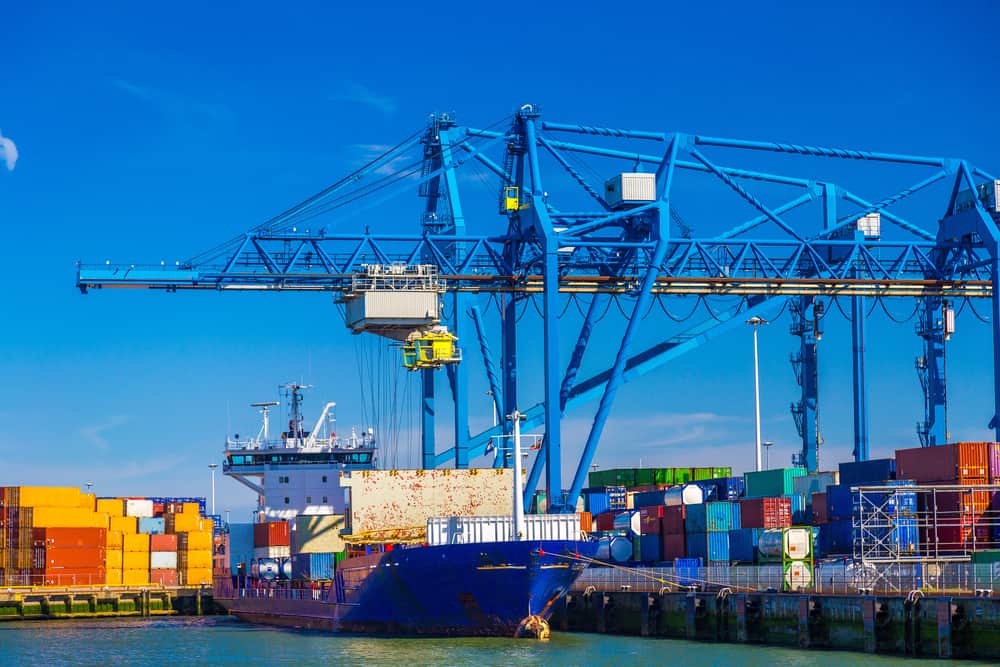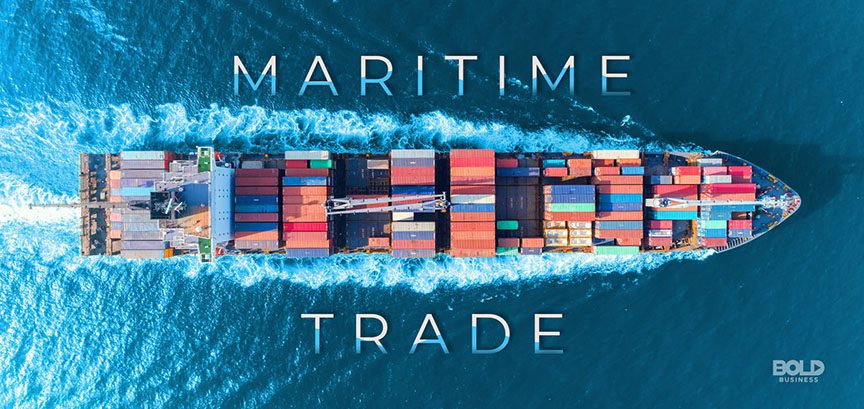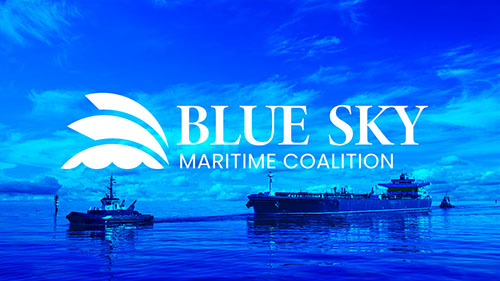Image : Transnet
Transnet is making bold moves to revitalize its port operations, and Durban Container Terminal (DCT) is at the heart of this transformation.. With over 100 new pieces of cargo-handling equipment set to arrive throughout 2025, this investment is a critical step in tackling operational inefficiencies and restoring confidence in South Africa’s supply chain..
As part of its Recovery Plan, Transnet Port Terminals (TPT) has announced that it is injecting ZAR3.4 billion into upgrading its equipment, with DCT receiving the largest share..
The rollout that began in December 2024 will continue until May 2025, bringing:
This isn’t just a refresh—it’s a strategic upgrade designed to improve productivity, reduce downtime, and address the ongoing challenges that have slowed port operations in recent years..
Speaking at the launch event, Transnet Board Chairperson Andile Sangqu made it clear: this is more than just an equipment order—it’s a turning point for the company’s future..
“Our recovery hinges on directly addressing the challenges that led to the decline in our performance, hence investment in infrastructure is at the core of our plans. Investments such as this one lay the foundation for a more efficient and dependable Transnet.
These investments underscore our commitment to take the necessary steps to ensure well-functioning port infrastructure system.
Recognising that collaboration is a vital cog in our operational environment, we appreciate partnership opportunities to collaborate with the private sector in the overall upgrade of ports infrastructure.”
This investment follows a series of challenges that Transnet has been working to overcome.. Just last year, DCT Pier 2 handled 1.7 million TEUs, while Pier 1 processed 650,000 TEUs, makingup 60% of South Africa’s container volumes.. However, inefficiencies, equipment breakdowns, and delays have often held operations back..
The new investment aims to change that narrative, with more reliable equipment, better maintenance strategies, and stronger private-sector collaboration..
Transnet is also thinking green with this rollout.. The new equipment includes diesel-electric hybrids, approved by the Environmental Protection Agency, reducing the carbon footprint while improving operational efficiency.. This move aligns with global efforts to make port operations more sustainable and competitive..
Speaking at the launch, Transnet Group Chief Executive, Michelle Phillips said “In line with the measures we are taking to reduce carbon footprint, for the equipment launched today, we have opted for diesel electric hybrids with approval of the Environmental Protection Agency. The equipment we have on hand is not only sustainable, but it also has higher stacking capacity than any of the models before 2025.”
The investment in DCT is part of a broader strategy, with other terminals also set to benefit:
This nationwide push signals Transnet’s commitment to modernization and its determination to stay competitive in global trade..
Transnet has been in the spotlight recently, facing scrutiny over inefficiencies, corruption concerns, and financial troubles.. South African ports fared quite badly in the Container Port Performance Index (CPPI) by the World Bank.. Durban was ranked 398 out of 405 ports in the world while Port Elizabeth came in at 391 in 2023, Ngqura came in at 404 and Cape Town came in dead last at position 405..
But this latest push, backed by a ZAR18.85 billion government-guaranteed loan is a sign that the organisation is taking real action to restore faith in its operations..
This investment also echoes sentiments from senior leaders like Capt.Salvatore Sarno of MSC who spoke about his faith and confidence in the South African port workforce provided the ports infrastructure was improved..
For shippers, port users, and the South African economy, this massive equipment upgrade at DCT is a welcome development.. Reliable, well-maintained port infrastructure is crucial for smooth trade operations, and Transnet’s latest investment signals a much-needed shift in the right direction..
While challenges remain, this move shows intent—and if executed well, it could mark the beginning of a new era for South Africa’s ports..





